Trump signs order to end Education Department
The move will return education 'back to the states where it belongs,' the president says

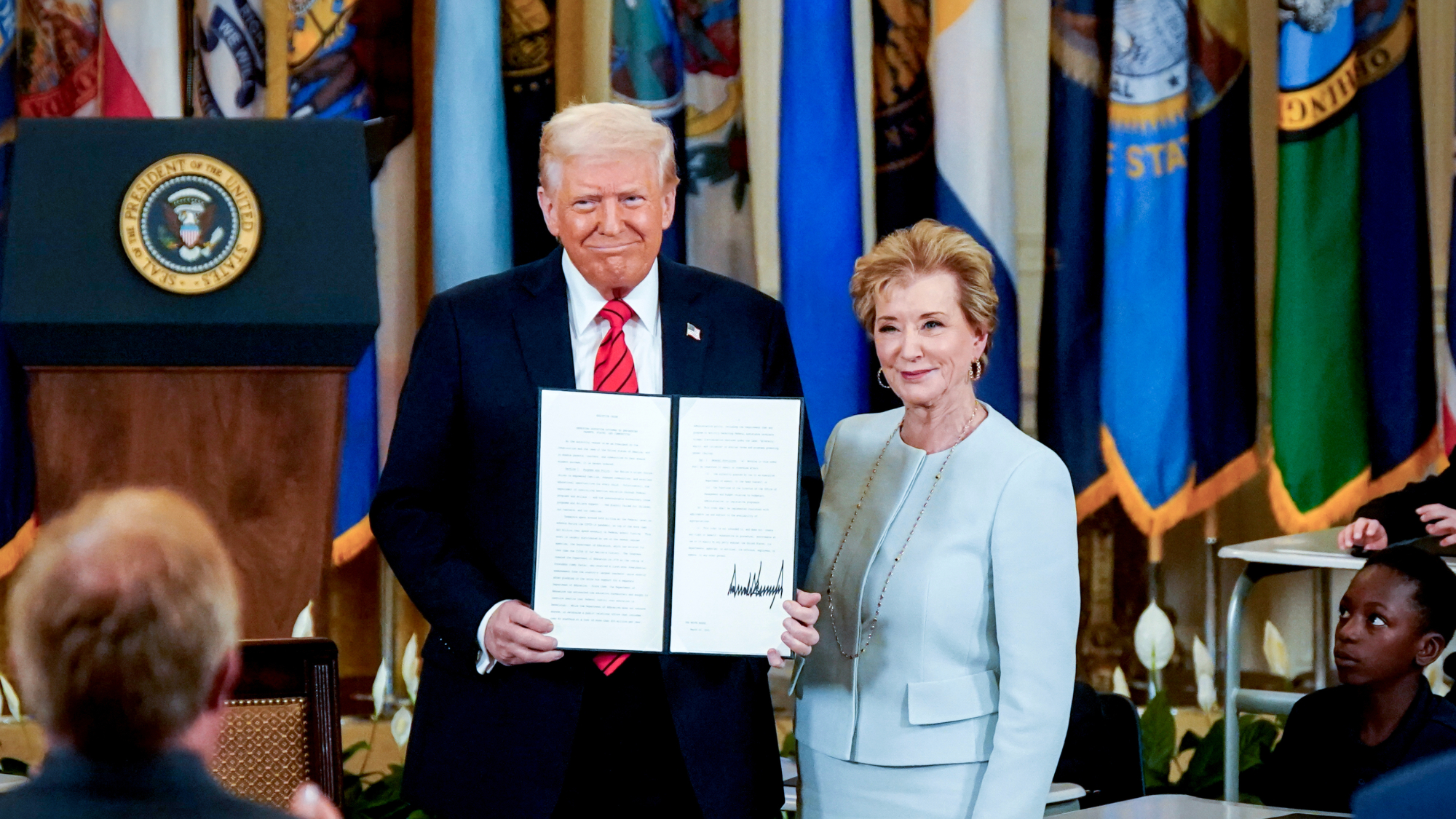
What happened
President Donald Trump Thursday signed an executive order to shut down the Education Department "to the maximum extent appropriate and permitted by law." He said he was "going to eliminate" the department, a longstanding goal of many conservatives but one that would require an act of Congress.
Who said what
Killing the department would return education "back to the states where it belongs," Trump said at the signing ceremony. But his order "laid out more aspirations than directives," The Washington Post said. He did not say "which functions or funding would move from federal to state control" nor "acknowledge that states and local school boards already pay for about 90% of K-12 education" and "make the vast majority of decisions about how public schools run."
Trump's order also directed Education Secretary Linda McMahon to ensure "effective and uninterrupted delivery of services, programs and benefits on which Americans rely." Along with administering student loans and Pell Grants, the department gives states billions of dollars to support high-poverty K-12 schools and students with disabilities. "Each of these programs have large constituencies, and various education groups have mobilized in opposition to closing the department," The Wall Street Journal said.
The Week
Escape your echo chamber. Get the facts behind the news, plus analysis from multiple perspectives.

Sign up for The Week's Free Newsletters
From our morning news briefing to a weekly Good News Newsletter, get the best of The Week delivered directly to your inbox.
From our morning news briefing to a weekly Good News Newsletter, get the best of The Week delivered directly to your inbox.
Trump has already laid off about half the Education Department's workforce. Most Americans "do not support closing the department," Reuters said, with recent polls registering opposition at "roughly 2-to-1."
What next?
Trump and McMahon have proposed shifting Education Department functions to other departments, but "even those moves would require congressional action," the Post said. It's "unclear" whether Trump would "ignore" the relevant statutes and "try to move offices anyway." Opponents have already vowed to sue.
A free daily email with the biggest news stories of the day – and the best features from TheWeek.com
Peter has worked as a news and culture writer and editor at The Week since the site's launch in 2008. He covers politics, world affairs, religion and cultural currents. His journalism career began as a copy editor at a financial newswire and has included editorial positions at The New York Times Magazine, Facts on File, and Oregon State University.
-
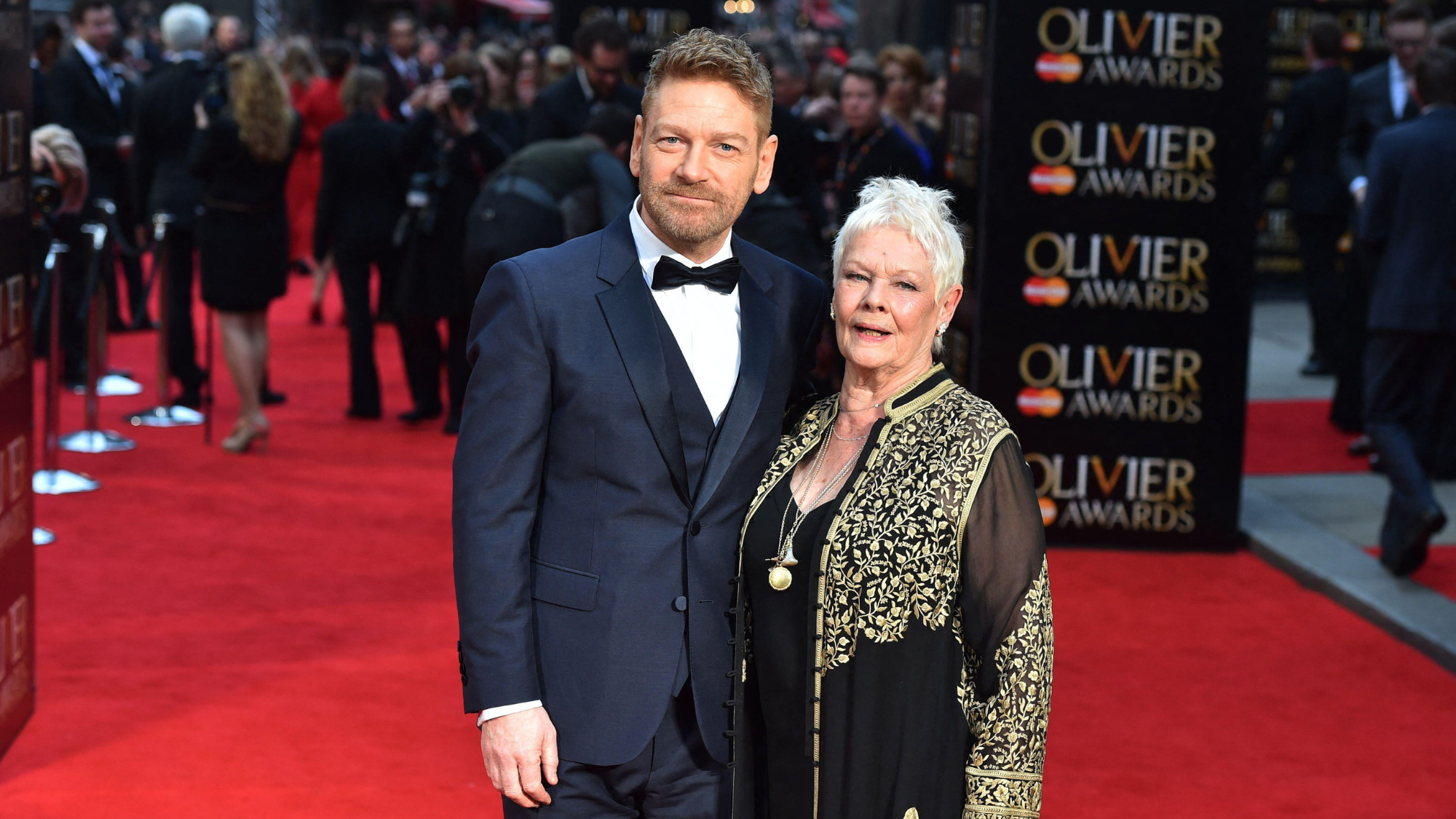 Tea with Judi Dench: ‘touching’ show is must-watch Christmas TV
Tea with Judi Dench: ‘touching’ show is must-watch Christmas TVThe Week Recommends The national treasure sits down with Kenneth Branagh at her country home for a heartwarming ‘natter’
-
 Codeword: December 24, 2025
Codeword: December 24, 2025The daily codeword puzzle from The Week
-
 Sudoku hard: December 24, 2025
Sudoku hard: December 24, 2025The daily hard sudoku puzzle from The Week
-
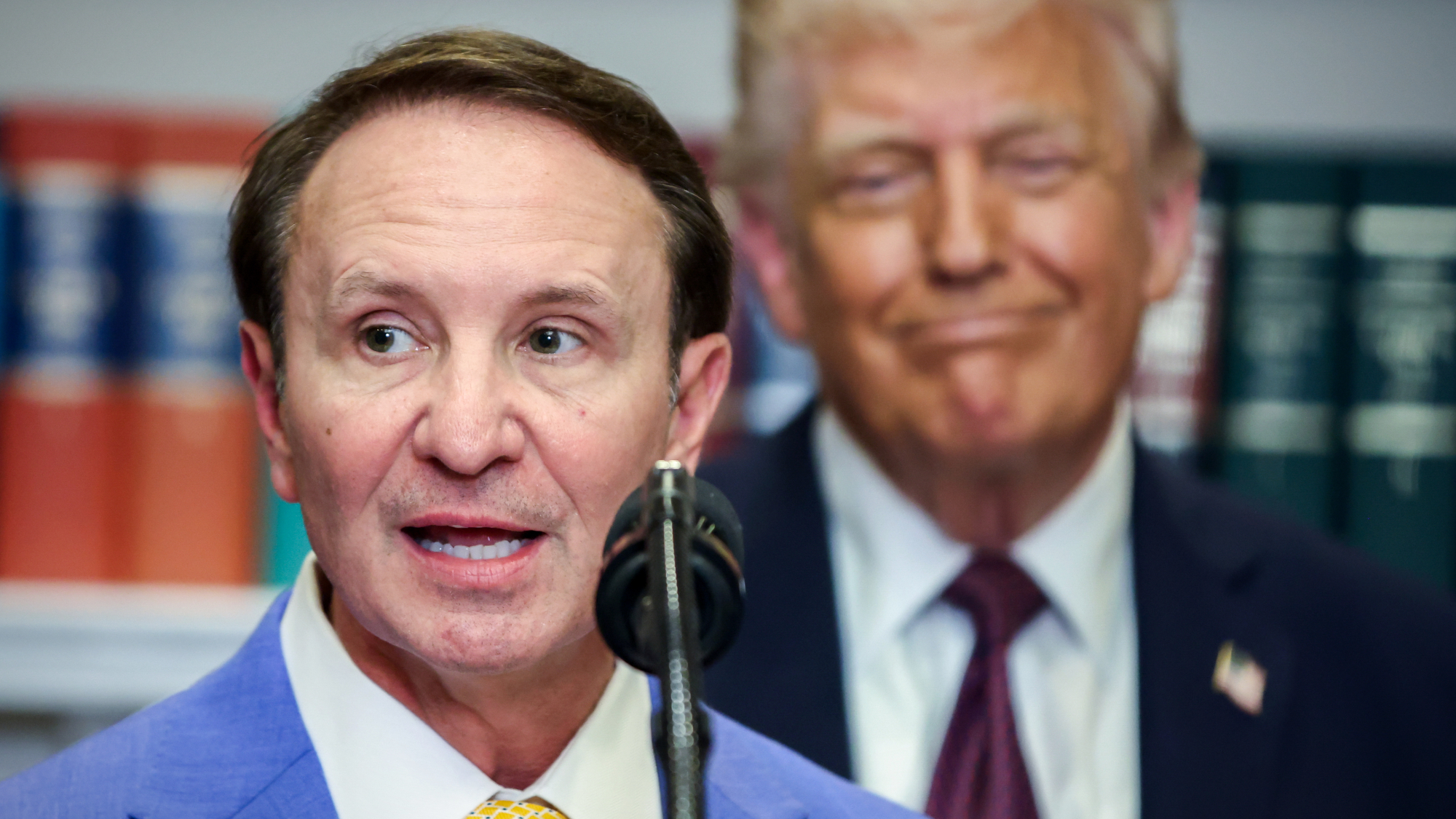 Danes ‘outraged’ at revived Trump Greenland push
Danes ‘outraged’ at revived Trump Greenland pushSpeed Read
-
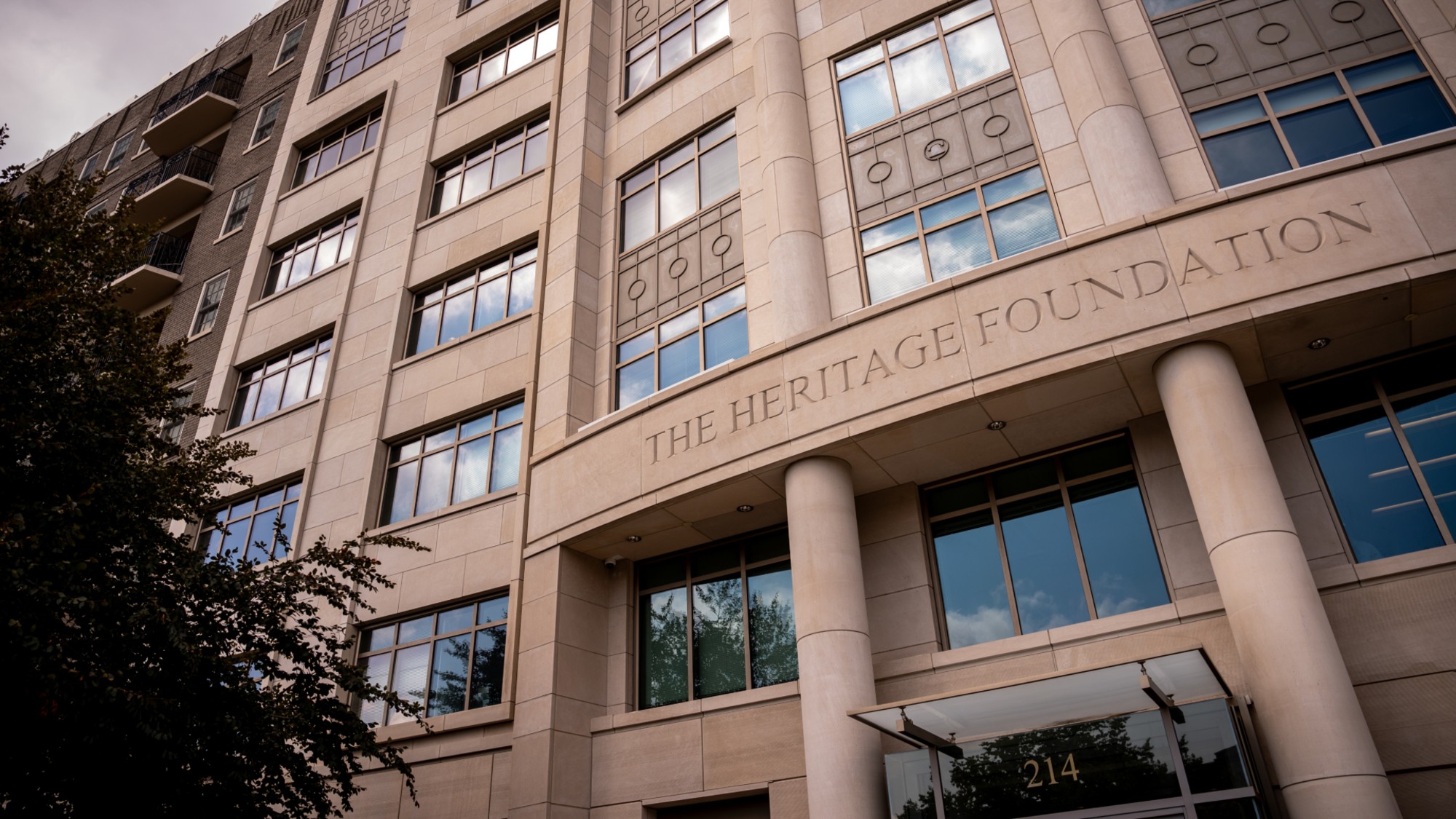 ‘Tension has been building inside Heritage for a long time’
‘Tension has been building inside Heritage for a long time’Instant Opinion Opinion, comment and editorials of the day
-
 The MAGA civil war takes center stage at the Turning Point USA conference
The MAGA civil war takes center stage at the Turning Point USA conferenceIN THE SPOTLIGHT ‘Americafest 2025’ was a who’s who of right-wing heavyweights eager to settle scores and lay claim to the future of MAGA
-
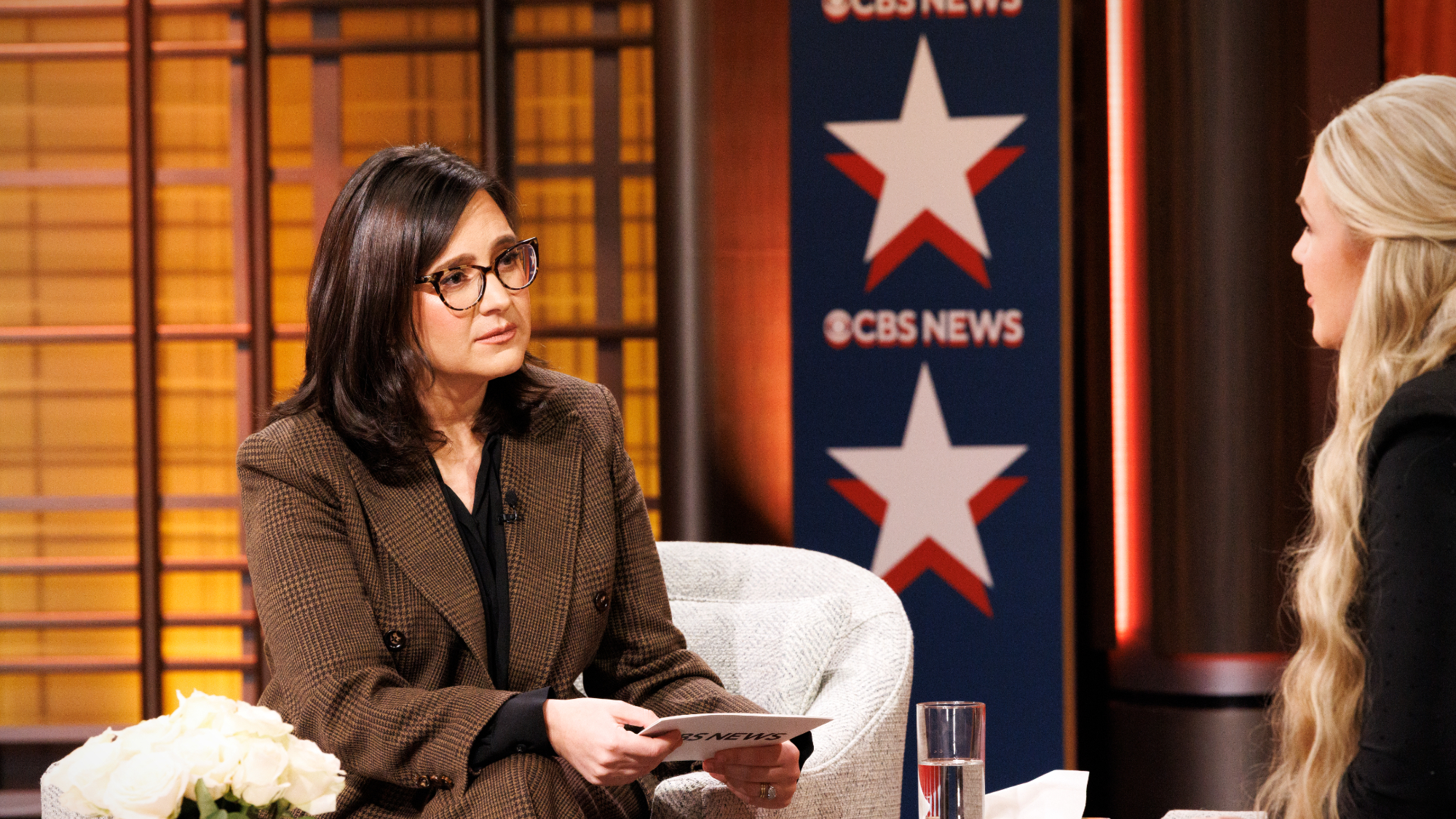 CBS pulls ‘60 Minutes’ report on Trump deportees
CBS pulls ‘60 Minutes’ report on Trump deporteesSpeed Read An investigation into the deportations of Venezuelan migrants to El Salvador’s notorious prison was scrapped
-
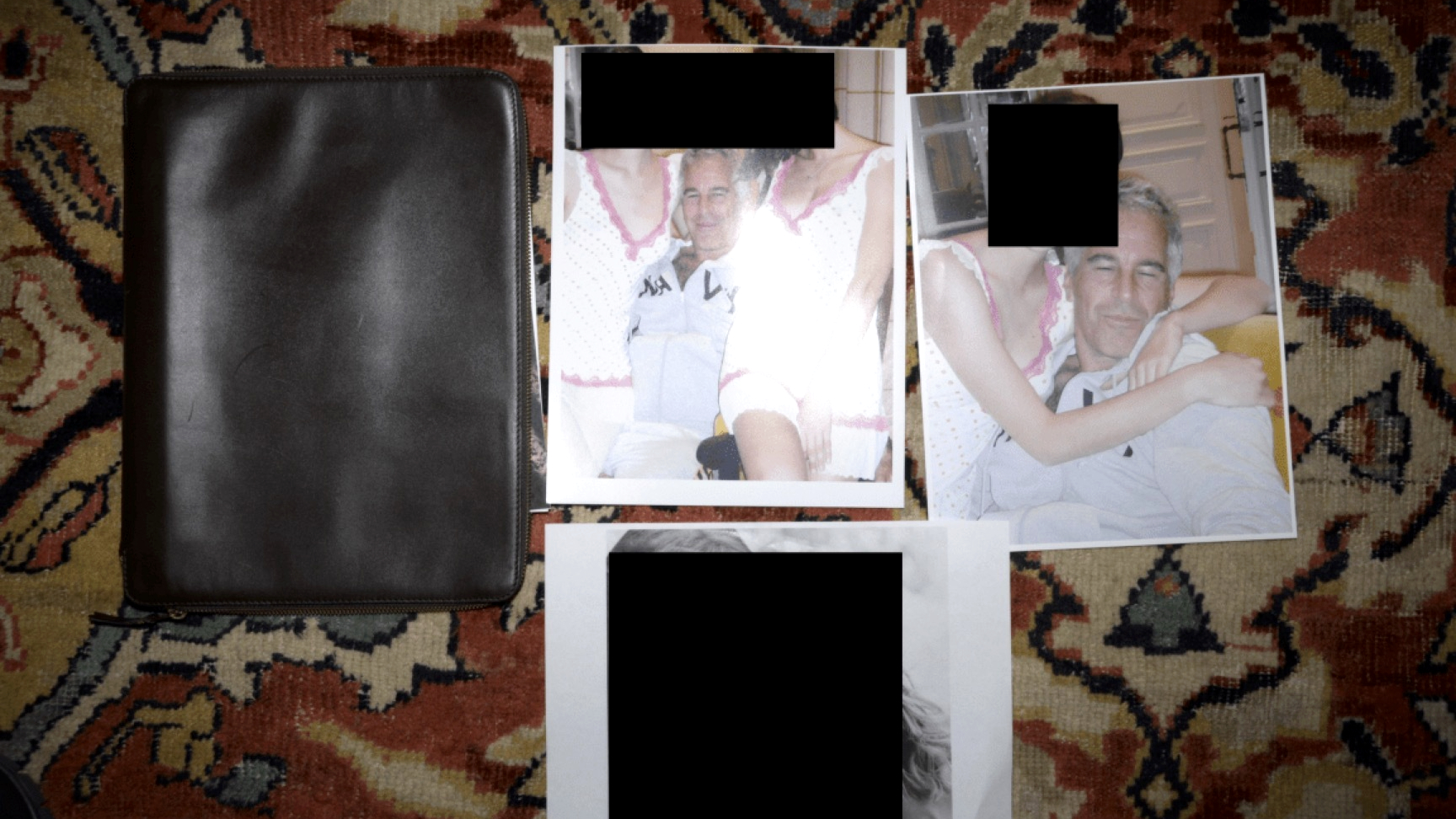 Trump administration posts sliver of Epstein files
Trump administration posts sliver of Epstein filesSpeed Read Many of the Justice Department documents were heavily redacted, though new photos of both Donald Trump and Bill Clinton emerged
-
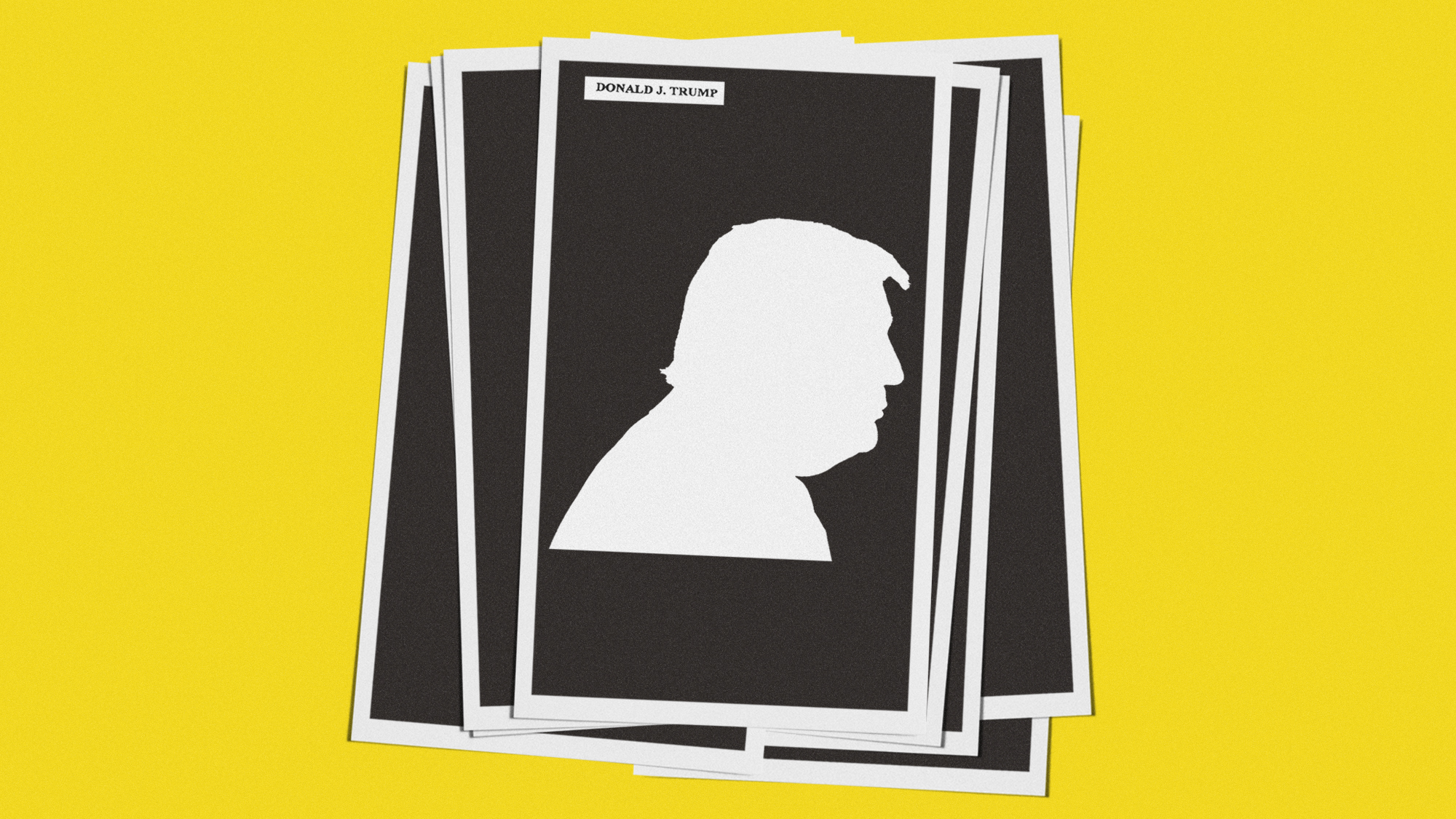 Is Trump deliberately redacting Epstein files to shield himself?
Is Trump deliberately redacting Epstein files to shield himself?Today’s Big Question Removal of image from publicly released documents prompts accusations of political interference by justice department
-
 What Nick Fuentes and the Groypers want
What Nick Fuentes and the Groypers wantThe Explainer White supremacism has a new face in the US: a clean-cut 27-year-old with a vast social media following
-
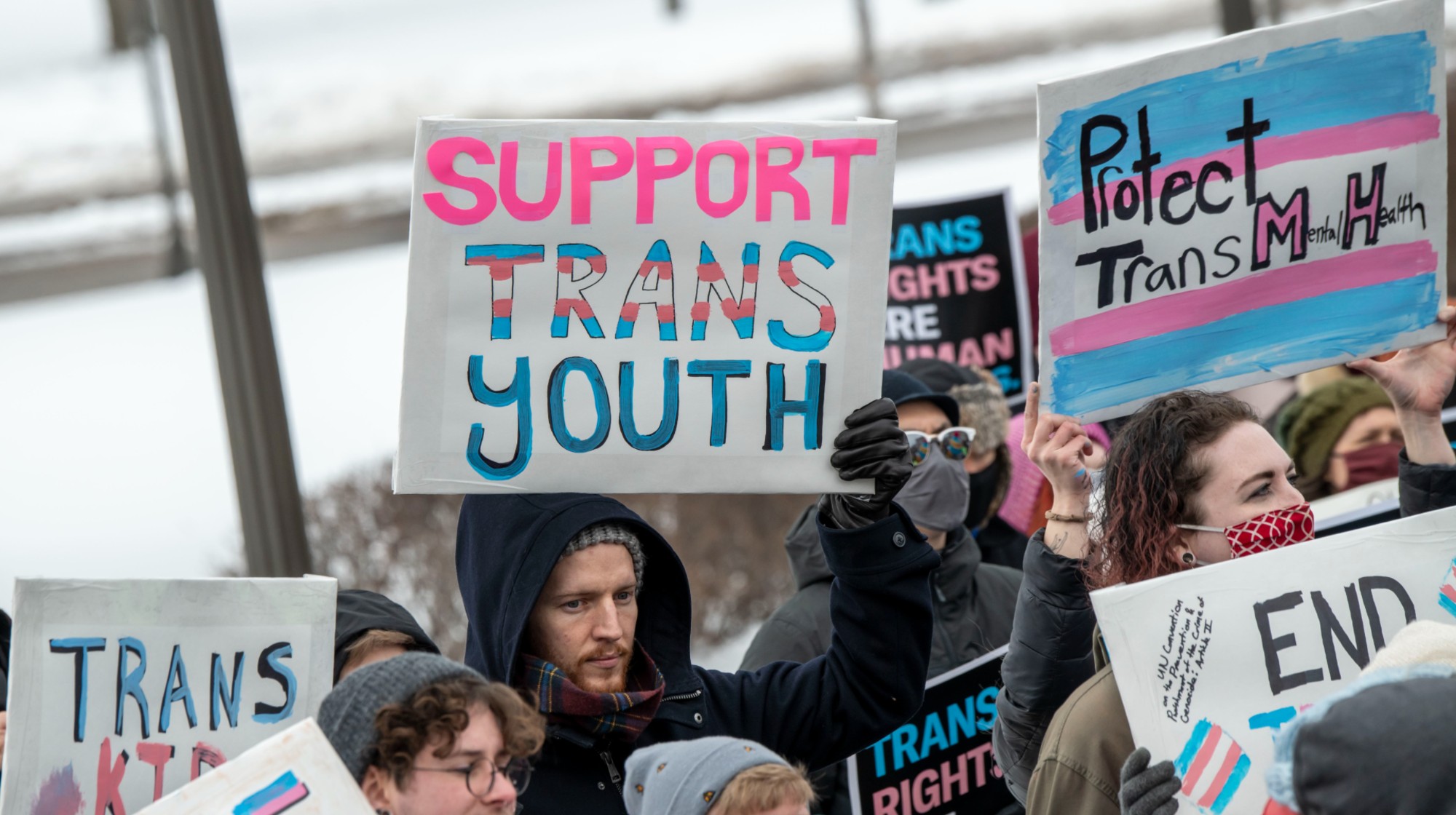 Trump HHS moves to end care for trans youth
Trump HHS moves to end care for trans youthSpeed Read The administration is making sweeping proposals that would eliminate gender-affirming care for Americans under age 18
